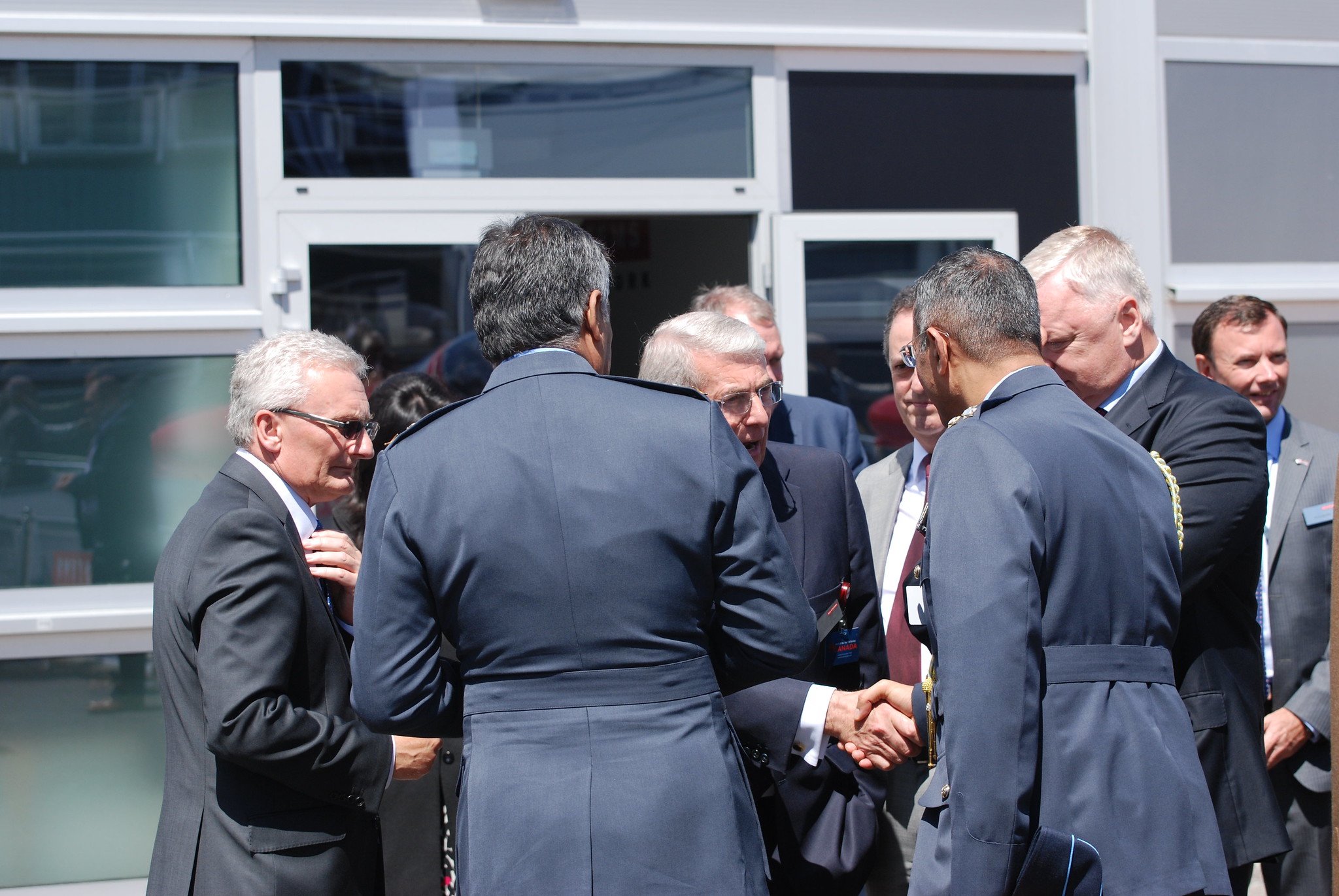The shape of the arms industry
The arms industry is sprawling and not always easy to categorise. There are many thousands of companies involved in the production of weaponry and other military and ‘security’ equipment and services.
The dominant producers
Despite the large number of companies involved in the arms trade as a whole, it is dominated by a small number of major corporations. They are the producers of the aircraft, missiles, warships and vehicles that carry the weapons and “systems” of the armed forces.
The largest ten arms producers comprise Lockheed Martin, Boeing, Northrop Grumman, Raytheon and General Dynamics of the US, Almaz-Antey of Russia, and western-European companies BAE Systems, Airbus, Leonardo and Thales.
The dominance of the US is obvious, with the five companies listed above being the five largest in the world. This is unsurprising given that the US is the largest military spender, with 38% of global expenditure (for 4% of the world’s population). In addition to the US-headquartered companies, the US is a main customer for many European companies.
… BAE Systems
BAE’s portfolio includes combat aircraft, warships, tanks, armoured vehicles, artillery, missiles, small arms ammunition, cyber & intelligence, and nuclear missile submarines.
The company’s Typhoon and Tornado combat aircraft have been central to Saudi Arabia’s devastating attacks on Yemen – attacks that have killed thousands and created a humanitarian disaster. Further Typhoon aircraft were delivered to Saudi Arabia during the bombing, and BAE and the UK government continue to push hard for a contract for more aircraft. BAE’s involvement also goes beyond delivering equipment. BAE has 6,500 staff in Saudi Arabia to support the operational capabilities of the Saudi armed forces. That is, the attacks on Yemen.
Arabian activist Ameen Nemer went to BAE’s Annual General Meeting in 2019. He reported:
“for people in Saudi Arabia and Yemen it is impossible to separate the people who sell the weapon from the ones that use them.”



